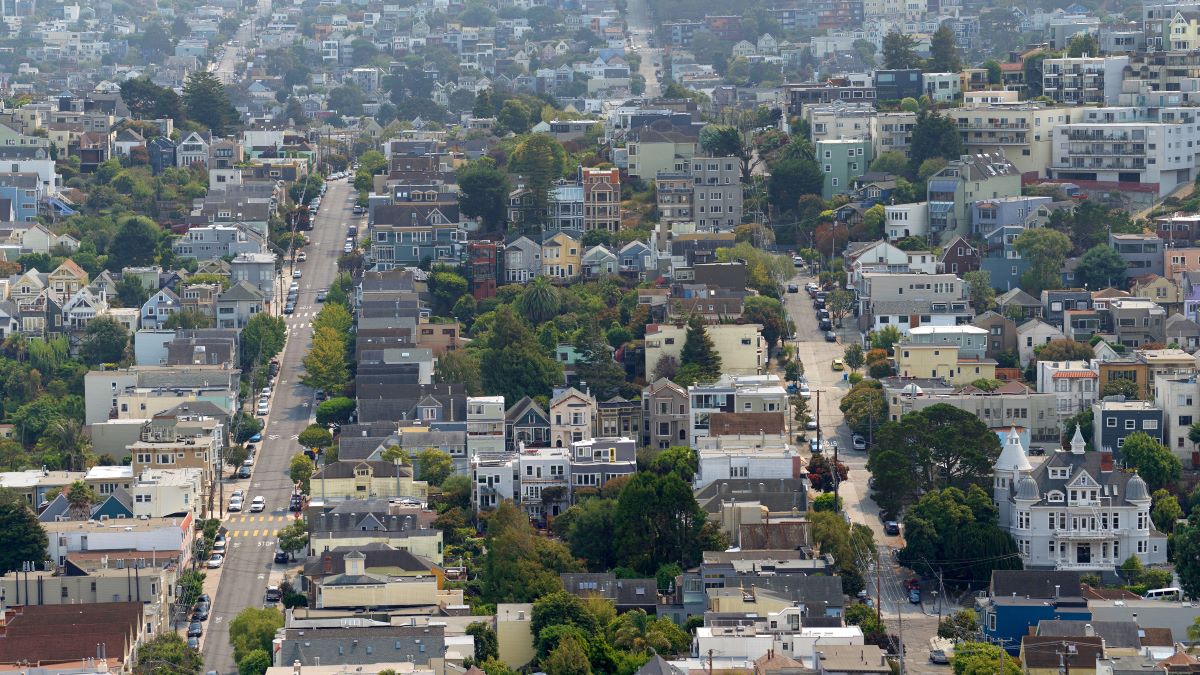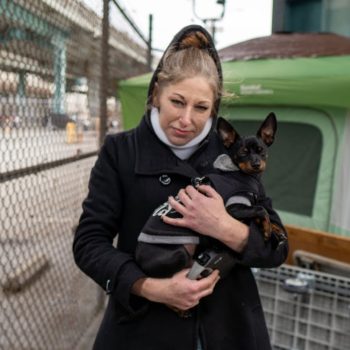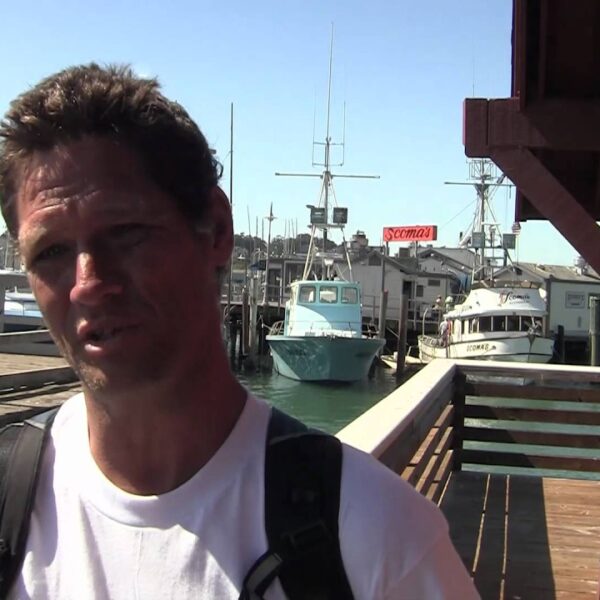“Vacant can mean a lot of things,” according to Curbed author Adam Brinklow who attempted to calculate an estimate of San Francisco’s blight in February of 2020.
By his collective calculations, the number of empty homes in San Francisco alone is somewhere in the ballpark of 34,000 or more. This is a staggeringly high number of vacant units despite the fact that it includes seasonal residencies, units in limbo, and dwelling spaces where tenants or owners are temporarily in a hospital or treatment center.
The bulk of this number is simply blight – uninhabitable, dilapidated, hazardous, condemned, or otherwise polluted vacancy.
According to The Urban Institute, abandoned buildings and vacant lots adversely affect residents’ health, life expectancy, and overall well-being in low-income areas.
To quote their rigorously researched paper directly:
“The rubric of the ‘broken window theory’ suggests that vacant properties and neighborhoods with persistent blight create a climate of social and psychological disorder that attracts criminal activity and violence and becomes a breeding ground for vermin (Branas et al. 2011). These factors have been shown to have deleterious effects on area residents, including mental distress (e.g., depression, elevated rates of intentional injury); higher rates of chronic illness (e.g., cardiovascular disease) …” etc.
The paper then goes on to list a myriad of other adverse socio-economic and environmental impacts of blight, including:
- Stunted brain development in children
- Stunted physical growth in children
- Community disinvestment
- Polluted drinking water
- Dangerous to fatal levels of lead
- Increased airborne toxins
- Regional public health crises caused by environmental hazards
The environmental impact is especially noteworthy when you consider that just a year ago, the skies hovering over San Francisco were so polluted that they draped the city in an eerie orange shade that looked more like a post-Apocalyptic thriller than a city skyline.
Yet, even with wildfire ravaging millions of acres and homelessness rising from the ashes of a challenging environment, California residents still choose blight over the alternative, which is offering unhoused individuals a warm, dry place to stay. The latest situation regarding the abandoned McDonald’s on Stanyon and Haight in the Haight-Asbury district is no exception. Instead, it is evidence of the unsettling trend.
Housing Advocates’ Dreams of Turning an Abandoned Former McDonald’s into a Drop-In Center for Homeless Californians Dashed – But by Who?
According to Curbed, the old McDonalds situated on the corner of Haight and Stanyon in San Francisco’s Haight-Ashbury region has been a dilapidated eyesore since March of 2018. Initial proposals for the site included a multi-million-dollar scheme to construct affordable housing units in the neighborhood. Sadly, even that proposal was met with staunch opposition from NIMBY neighbors, conservative politicians, and nearby business owners. Presumably, they prefer a collapsing, defunct restaurant smack on the corner of town to 120 affordable housing units.
Given the ever-growing homeless population, which has recently risen over 8,000 in San Francisco in the aftermath of COVID-19, affordable housing construction would seem the most obvious fix. Yet, according to local reporters, Haight-Ashbury residents wanted the lot turned into a mixed-use community space featuring movie nights, playgrounds, and sprawling gardens. They were absolutely livid about the idea of using the space to create homes that are safe and affordable, homes that might potentially save thousands of families from dying prematurely on the unforgiving streets of California.
Constructing hundreds of affordable housing units is a noble cause, but the building cannot transform overnight. As such, community members and policymakers debated how to best temporarily use the space while waiting for the anticipated affordable homes. This time, housing advocates vied for an emergency drop-in center aimed at aiding homeless youth. This decision also met staunch opposition.
NIMBY’s and conservatives banded together, creating community groups for the sole purpose of canceling the drop-in center before it was even erected.
The drop-in center would have temporarily housed approximately 73 homeless Californians. This would have been a great opportunity to transition individuals into affordable homes once construction was complete. As the matter stands, it seems that anti-homeless lobbying by community members and local business owners shuttered that dream just weeks before it materialized.
After that decision, the old, dilapidated former restaurant remains boarded up and gated, polluting the environment and inviting violent crime. How sad that locals prefer this to the prospect of a drop-in center.
In a Twitter thread, District Supervisor Dean Preston asked, “Why keep it vacant?”
Based on local testimony and political commentary, the answer seems to be NIMBYism, unrealistic expectations, and corporate greed – all the usual suspects that fuel homelessness in the long run.
Drown Out NIMBY Voices by Making Yours Heard
If you care about the climate crisis, the housing crisis, and the homeless crisis, let your legislators know. Contact them today and ask how they plan to use blighted buildings as permanent or temporary solutions to homelessness.













